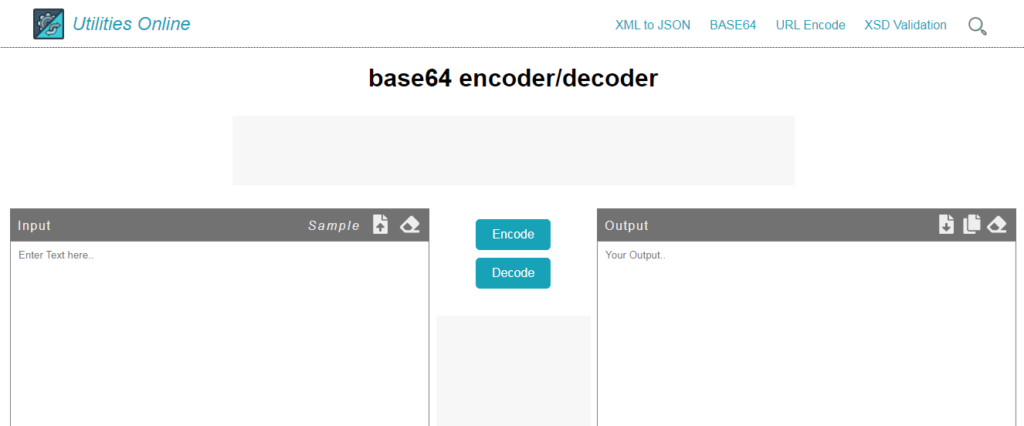How to Decode Files from Base64 Format with One Click
Computer indeed understands machine code aka binary digits, yet most systems have different data transfer standards when it comes to transferring data between them.
Thanks to base64, it converts binary data into plain text ASCII code to become compatible with the receiving device. In this article, I will show you how to decode files from Base64 format with one click.
If you send images or other files across systems, they get lost in the middle of the network or get corrupted.
However, using base 64 encode or decode takes care of those files by converting them into American Standard Code for Information Interchange.
This article is all about decoding base64 without hassle.
Defining Base64?
Essentially, base64 is a set of 64 ASCII characters having 26 upper cases and lower case alphabets, 0 to 9 digits, and special characters like +, /. However, it also has a 65 character used for padding the encoding mechanism.
As you know your computer deals with binary numbers but most data transfer protocols establish different receiving standards, mainly because large strings of binary digits are difficult to transfer securely.
That’s why programmers developed to meet the requirements of different data transfer protocols.
What does encode or decode mean?
Literally, encode means encrypting a data sequence into unreadable text. And decoding refers to changing the encoded data into the original format.
In Base64, the encoder encodes your binary data by changing it into 64 digit ASCII text that’s why its name is Base64. Decoding stands for converting the ASCII code into its original binary strings.
How you can decode files from base64?
If you are a programmer, you may have a knack for decoding 64 bit ASCII data into original binary digits.
As many programming languages such as Java, Go, Javascript and Swift have Base64 as a part of their standard libraries, it becomes much easier for you to decode it easily.
To further enhance your ease, you can shift towards base64 decode to get away with the decoding process with a click.

Thus you can have smooth email data transfer and other files over the internet without bothering much about data loss or corruption.
Where it is used?
In the early days, computers had different data standards so we had to generate conversion mechanisms like Base64 to meet the requirements.
With the coming of the internet, protocols like SMTP or MIME used different compatibility standards. You may have sent emails to others across the internet.
They may contain images or another editable form of text. You only see the sent emails at the face value.
Well, actually the system converts your binary data for that image into ASCII. And then the ASCII gets decoded onto the receivers system.
To meet these requirements we use Base64 decoding to decode ASCII text into binary digits.
Moreover, sending long strings of binary data is prone to data loss and other issues like data stealth. Moreover, it gets corrupted and changed before reaching the other end.
The HTTP connection is often not secure and raw data gets leaked or stolen easily. In this case, encoding the strings can also help you to secure your files in a network.
Base64 can also help to obfuscate the data and change it into unreadable text that looks gibberish when seen.
In this way, hackers cannot crack your text and if you are sending some confidential text. Then decoding base64 is a good choice.
With that said, people often confuse it with data encryption that is actually changing your data into hash codes or other uncrackable formats to protect it from stealing.
However, Base64 isn’t encryption because it hasn’t the intent of securing rather. It is designed to make your data transfer easier across the networks.
As it does not cipher the data, it should be used in place of encryption. If you want to protect your data particularly for data transmission. You need to use encryption tools instead of simple Base64 encode or decode.
Read Next:
Final Words:
Those attached to software engineering, cyber security or AI, know very well about Base64 and its use in encoding and decoding binary data.
Base64 contains 64 characters concatenated on the 6 bits as it becomes 2^6= 64. Three sets of 6-bit data are concatenated to form base64.
You can easily use it to transfer data across protocols and systems without any data loss.
I hope you get everything about how to decode files from Base64 format with one click. If any problems you face, please ask me.
